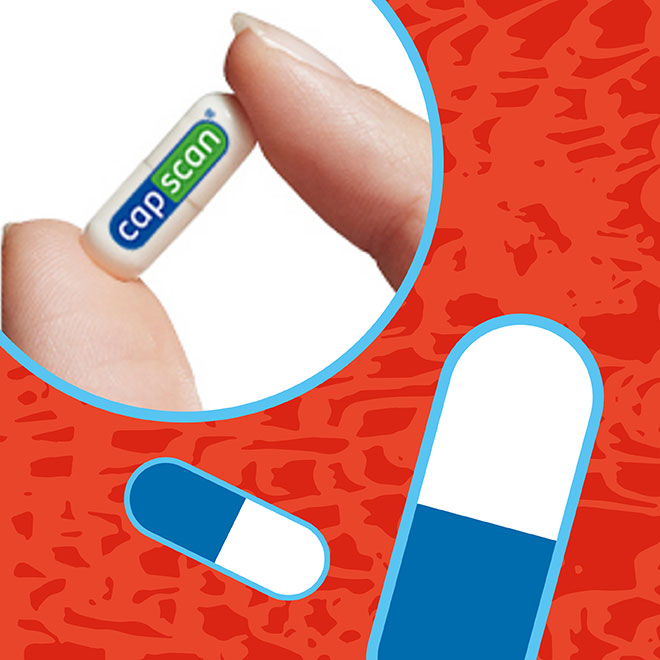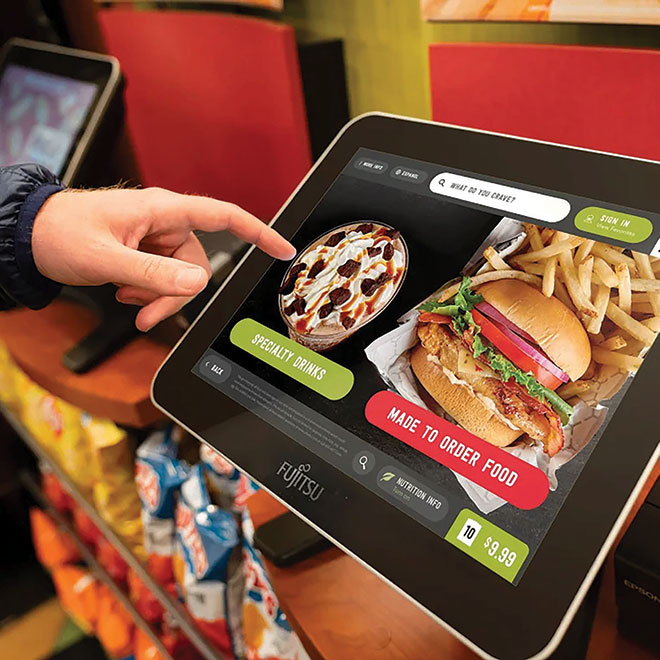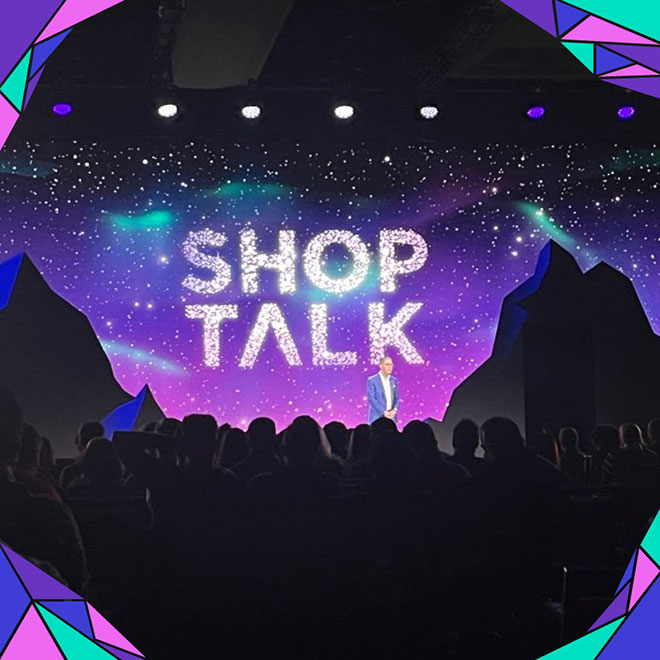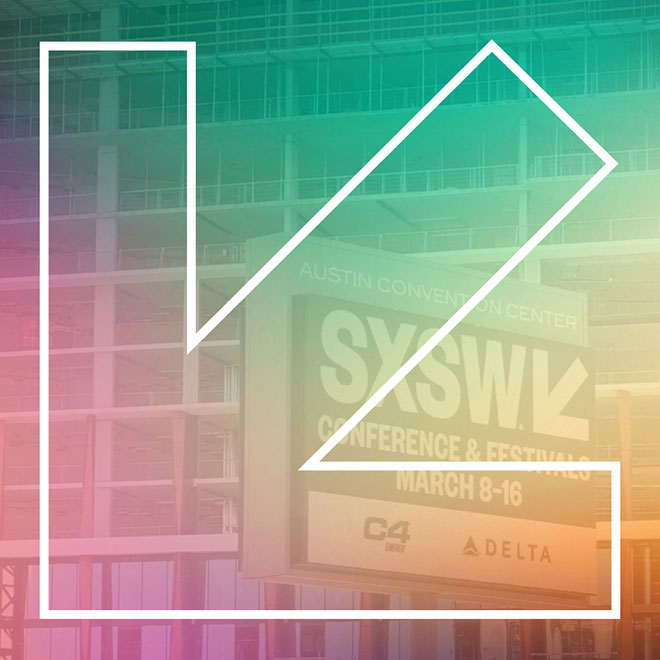Latest Article
Explore More Articles
-
 HealthWellness
HealthWellnessUnlock the Power of Healthables
How Personalized Health Monitoring is Revolutionizing Wellness -

ONE HOME, ONE PLANET
Working Towards Sustainability with IKEA -

Stepping Up the Food Experience in C-Stores
The Importance of Adopting a Restaurant Mindset -

Shaping the Future of Commerce
Exploring Trends, Strategies, and Innovations Reshaping the Retail Landscape -

Navigating the Future: Insights from SXSW
The Intersection of Technology, Culture, and Creativity -

AI and Humanity, Curiosity, and Culture at SXSW
3 of Our Key Takeaways from the Big Event
